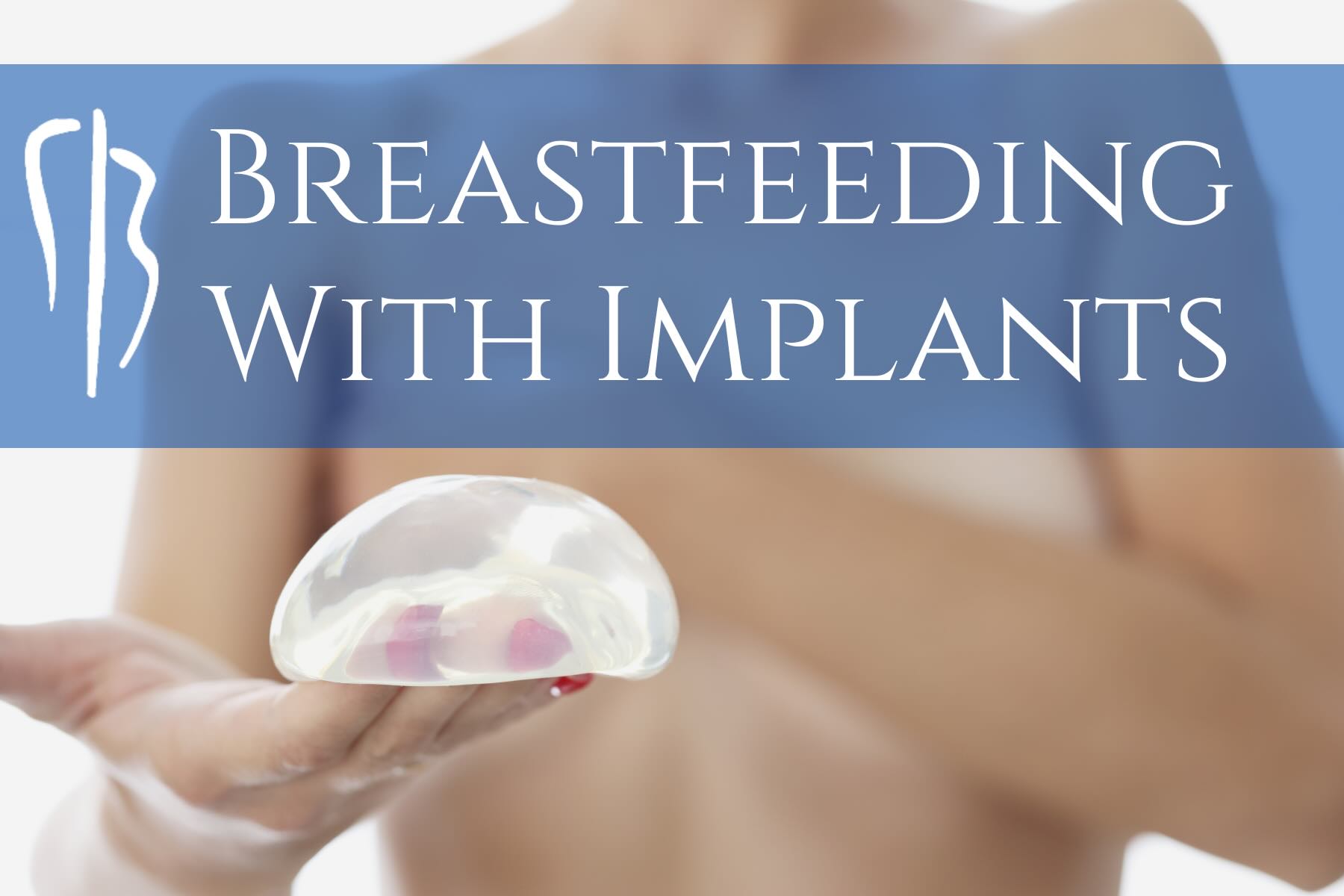
This blog post aims to answer your questions about breast augmentation and its potential impact on breastfeeding. The short answer is yes, it is safe to breastfeed with implants. However, we understand this is a crucial decision for many women, and we want to educate you with accurate and reliable information to make an informed decision.
Importance of Breastfeeding
Breast implants and breastfeeding is an important issue because the World Health Organization and the American Academy of Pediatrics recommend exclusive breastfeeding for all infants in the first 6 months of life. Exclusive breastfeeding for the first 6 months is recommended by the World Health Organization (WHO) and the American Academy of Pediatrics (AAP).
Benefits for Infants:
- Reduced risk of illness
- Higher cognitive function
- Lower obesity rates
- Decreased risk of future diabetes
Benefits Breastfeeding Offers for Mothers:
- Stronger mother-infant bond
- Faster postpartum weight loss
- Lower risk of various health concerns, including breast and ovarian cancer, high blood pressure, diabetes, and heart disease
Our Approach to Breast Augmentation
Technique: We utilize the trans-axillary approach (under the armpit) with submuscular placement of breast implants, mainly silicone (and sometimes saline) breast implants. This technique prioritizes both aesthetics and maximizes the chances that you will be able to breastfeed after breast augmentation surgery.
We also encourage you to meet with an obstetrician or lactation specialist after pregnancy to formulate the best plan for you either before or after having breast implants.
Experience: Dr. Bitar has successfully performed this technique for over 20 years, with no reported cases of patients unable to breastfeed after breast implant surgery.
Breast augmentation is one of the most common aesthetic surgeries performed. In the United States alone, 313,000 breast augmentations were performed in 2018. Fortunately, breast implants have been the most studied medical devices in the world, and there are some answers regarding the impact of breast augmentation surgery on breastfeeding.
Facts About Breast Implants and Breastfeeding that you Should Know
Implants placed behind the muscle are better for breastfeeding than implants in front of the muscle
Implant location was more important than the surgical approach or type of implant. According to one study, patients who had breast implants behind the muscle (our preferred approach) had a much higher chance of being able to successfully breastfeed than patients with implants above the muscle.
The location of the incision does not impact breastfeeding
Although we prefer the trans-axillary approach, studies have shown that there is no statistically significant difference in the ability to breastfeed whether breast augmentations are performed from the trans-axillary approach, peri-areolar approach (around the nipple), or inframammary approach (under the breast).
The type of implant does not affect the success of breastfeeding
There has been no evidence that saline is better than silicone or vice versa when it comes to breastfeeding.
Breastfeeding after breast augmentation is safe for baby and mom
Many women are concerned that the silicone will leach into the breast milk and be transmitted to the baby. Fortunately, the amount of silicon in blood and breast milk were no different in women with and without breast implants. There has also been no evidence that breastfeeding increased the risk of implant rupture or capsular contracture.
Breastfeeding does not create sagging of the breasts
It is often thought that breastfeeding will ruin the appearance of the breasts. A study of women with breast implants did not show any difference in breast sagging whether they breastfed or not.
Breast augmentation decreases the ability to breastfeed
Studies have shown some decrease in lactation with breast implants; however, it is unclear whether that is statistically significant. Women with breast augmentation may need to supplement their breast milk with formula.
In summary, our technique at the Bitar Cosmetic Surgery Institute of breast augmentations from the armpit and under the muscle is very safe for breastfeeding afterwards. Studies have shown that there is no harm to mother and baby if the mother chooses to breastfeed after having breast augmentation. Breastfeeding is a personal decision that will benefit the mother and baby in many ways, and breast implants do not stand in the way.
Dr. Bitar understands that navigating breast augmentation and breastfeeding decisions can be overwhelming. He is passionate about empowering women with knowledge and ensuring they feel comfortable throughout their journey. With over 20 years of experience and countless successful breast augmentation procedures performed on patients from Northern Virginia and surrounding areas like Washington D.C. and Maryland. He is dedicated to providing exceptional care and welcomes the opportunity to discuss your specific goals and answer any questions you may have during a personalized consultation. At Bitar Institute, we are committed to making this a positive experience for you. Schedule a consultation today and let Dr. Bitar guide you on your path to achieving your desired results.
References:
- World Health Organization breastfeeding recommendations
- American Academy of Pediatrics breastfeeding recommendations

George Bitar, MD, FACS is an award-winning, board-certified cosmetic and reconstructive plastic surgeon, the Founder and Medical Director of Bitar Cosmetic Surgery Institute in Virginia. He specializes in the latest surgical and minimally invasive techniques to scar management and reduction. Dr. Bitar is involved in groundbreaking research and education in plastic surgery and has authored numerous articles, abstracts, and chapters.





